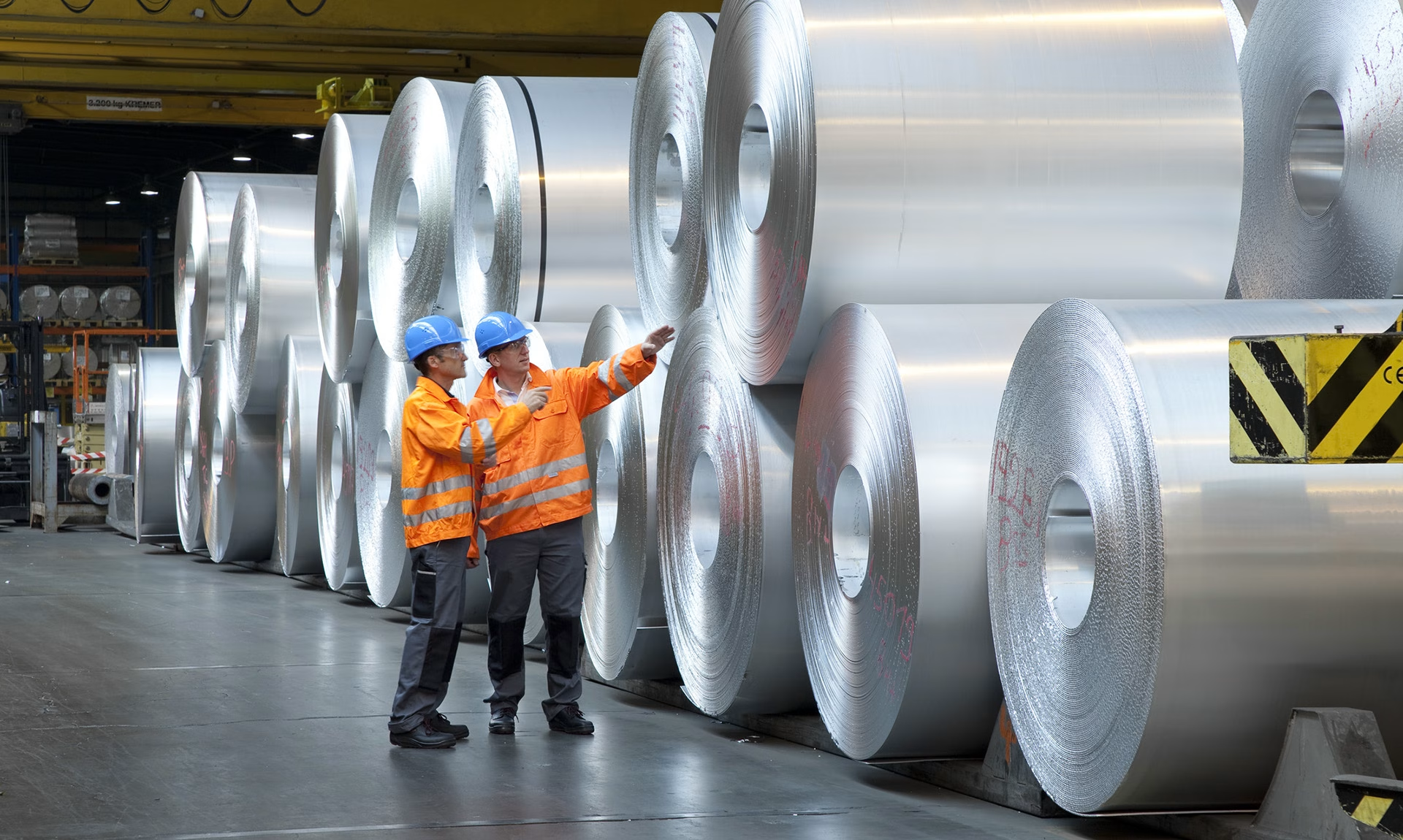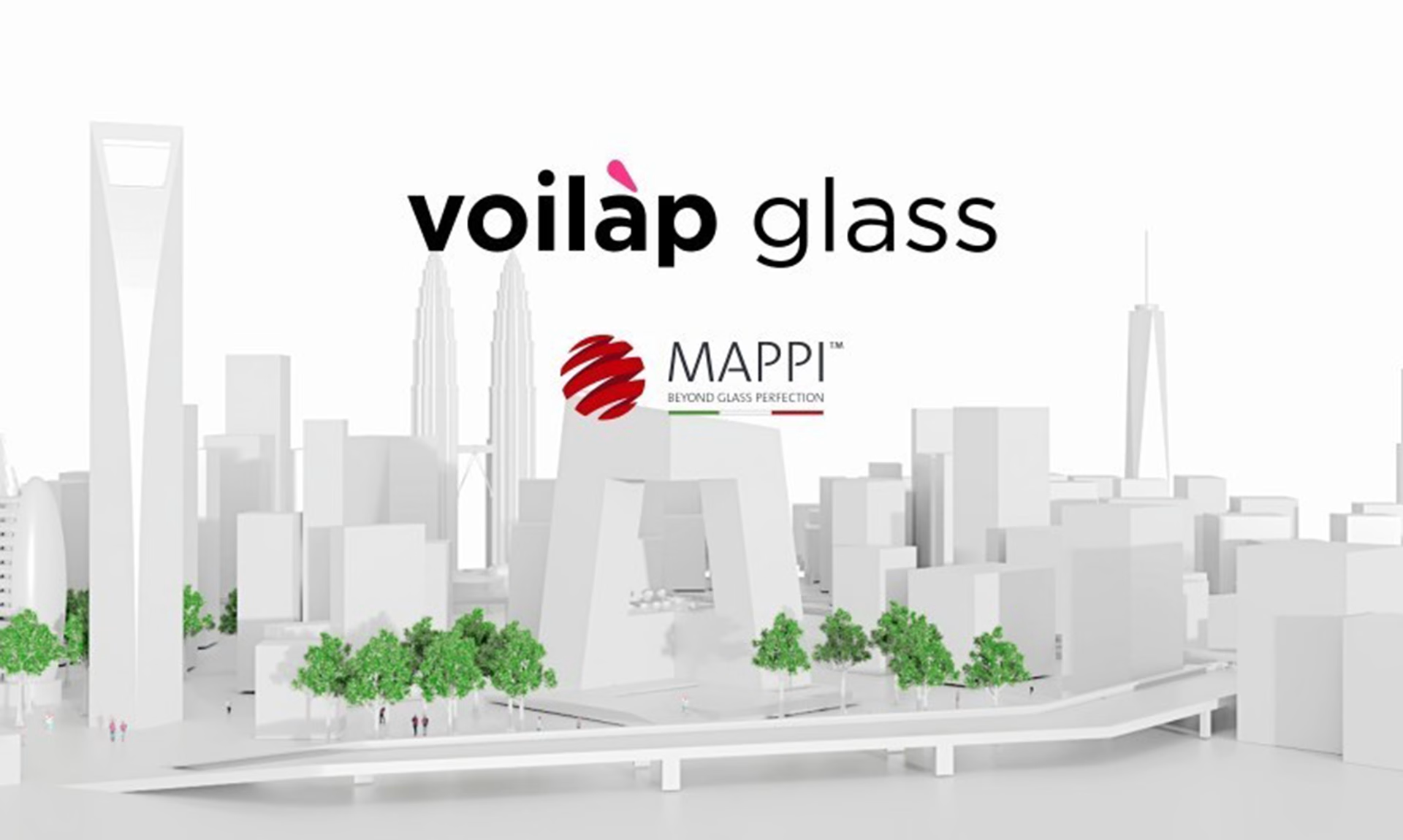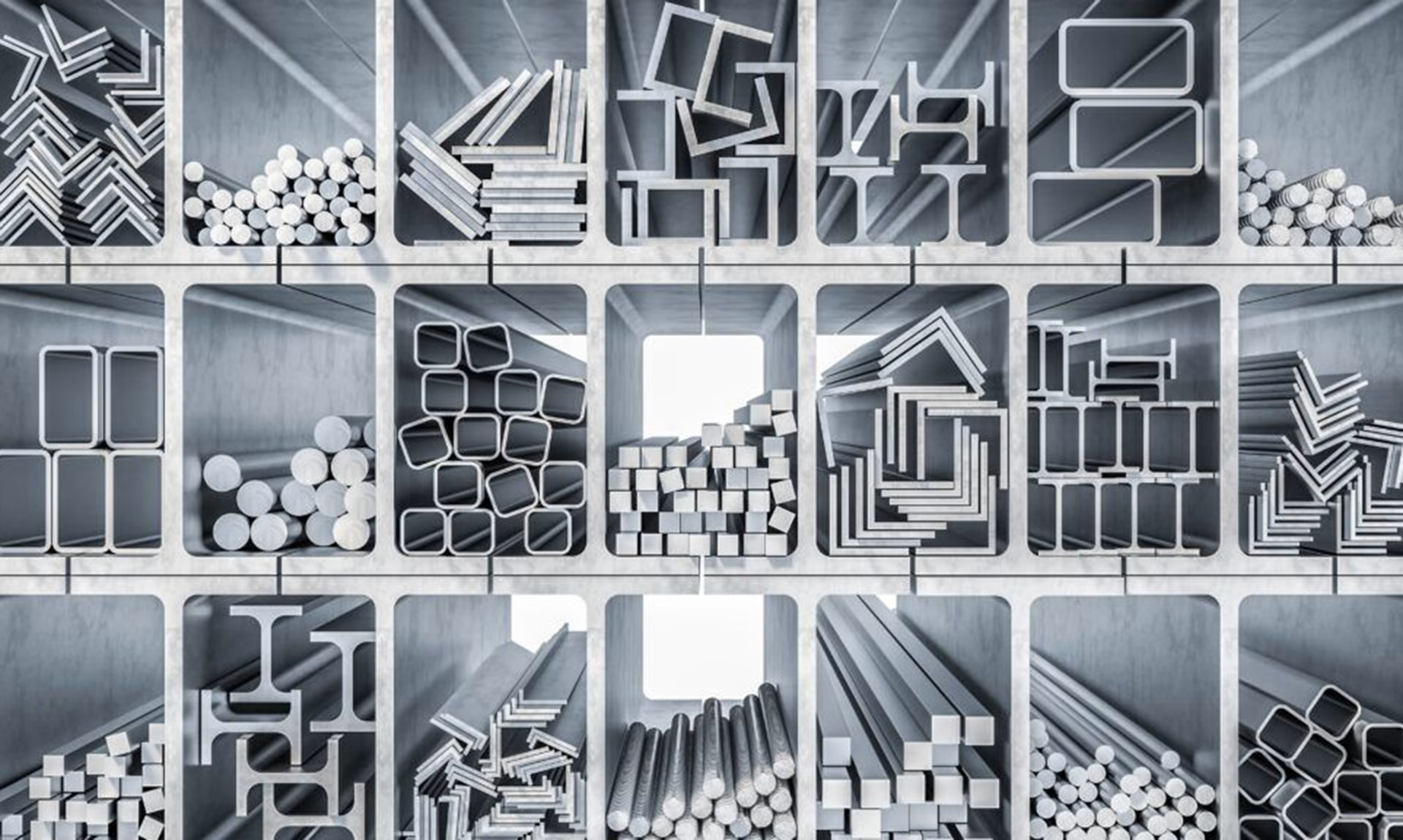Global Aluminium Trends: What Architects and Fabricators Need to Know in 2025
Lightweight, versatile and infinitely recyclable, aluminium has become the material of the century for architecture. In 2025, it is not just an engineering choice – it is a cultural and environmental statement. But as demand surges and supply chains adapt, both architects and fabricators must navigate a new reality shaped by sustainability, technology and global economics.
Aluminium demand keeps rising.
Global demand for aluminium in construction has been rising steadily, driven by urbanisation, infrastructure growth and the shift towards energy-efficient façades. High-rise developments in Asia, the Middle East and North America rely heavily on aluminium curtain walls, doors and windows. Europe, while more mature, remains a leader in sustainable building systems that showcase aluminium’s adaptability.
The market outlook for 2025 suggests a continued annual growth of 3–4%, with construction accounting for nearly a third of global consumption. For architects, this means aluminium will remain the go-to material for façades and structural details. For fabricators, it means competition – and pressure – to deliver innovation at scale.
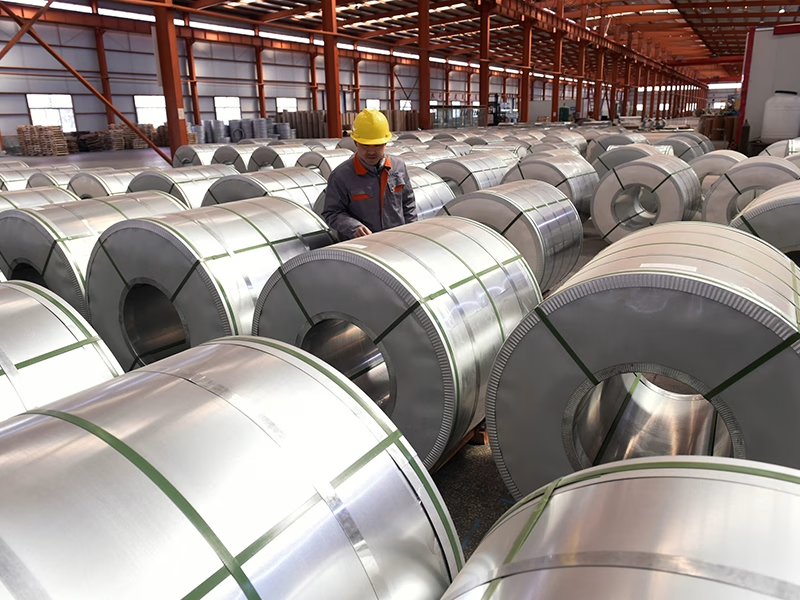
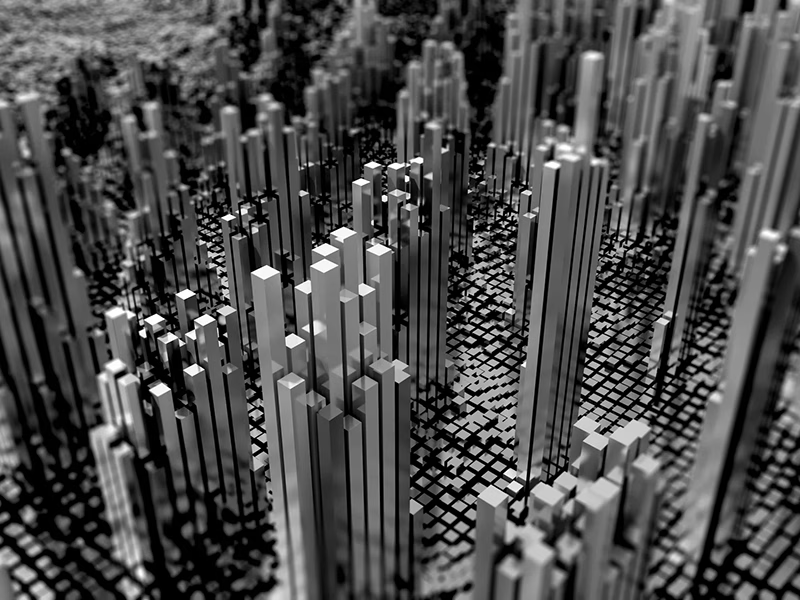
The sustainability imperative.
Aluminium is increasingly judged not by its mechanical performance, but by its carbon footprint. Producing primary aluminium is energy-intensive, but recycling requires just 5% of the energy – making circularity a decisive factor.
Architects are demanding Environmental Product Declarations (EPDs), while fabricators must prove traceability of raw materials. The industry is also seeing growth in low-carbon aluminium, sourced from hydro-powered smelters in Scandinavia or certified recycled streams in Europe.
In practice, this means that tenders for large-scale projects now routinely require proof of green aluminium content. For fabricators, aligning with certified supply chains is no longer optional – it is essential for market access.
Technology reshaping production.
Digitalisation is transforming aluminium fabrication. AI-driven design tools, 3D extrusion simulations and robotic assembly lines are reducing waste while improving precision. For façades, modular and prefabricated aluminium systems are gaining ground, cutting installation times and costs.
At the same time, hybrid materials – aluminium combined with timber or composites – are opening new design possibilities, balancing the technical resilience of metal with the natural appeal of other materials.
Regional differences, global lessons.
- Europe leads in sustainability standards, pushing for circular design and high thermal performance.
- Asia drives volume growth, with megacities demanding rapid, large-scale aluminium solutions.
- North America focuses on performance and building automation integration, where aluminium hardware and façades are increasingly linked to smart systems.
- Middle East markets showcase ambition, with landmark aluminium façades defining skylines and pushing the limits of size and performance.
What professionals need to know.
For architects, aluminium in 2025 is not just a medium – it is a message of sustainability and modernity. Selecting suppliers and systems now requires assessing carbon credentials as much as technical specifications.
For fabricators, the challenge is twofold: investing in green production and digitalisation, while staying competitive in global markets under price pressure.
Looking ahead.
Aluminium’s future lies in its ability to close the loop: to be endlessly recycled, intelligently fabricated and beautifully designed. Those who can combine design freedom with measurable sustainability will lead the industry forward.
In 2025, aluminium is no longer simply the frame of architecture. It is its ethical backbone, shaping how buildings perform, how they are perceived, and how they stand the test of time.
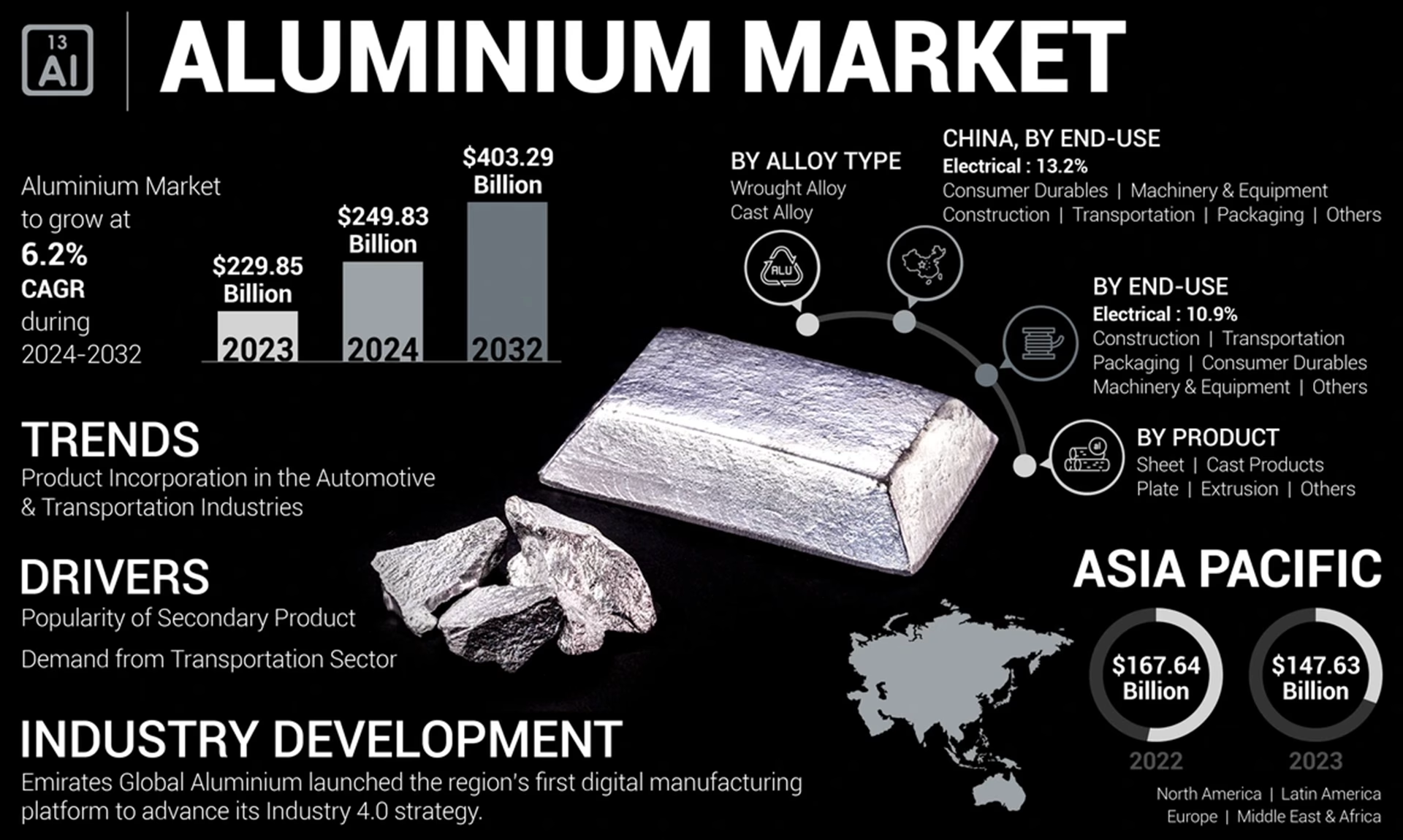
Share This Story
news via inbox
Your source for the latest news in the fenestration industry.
